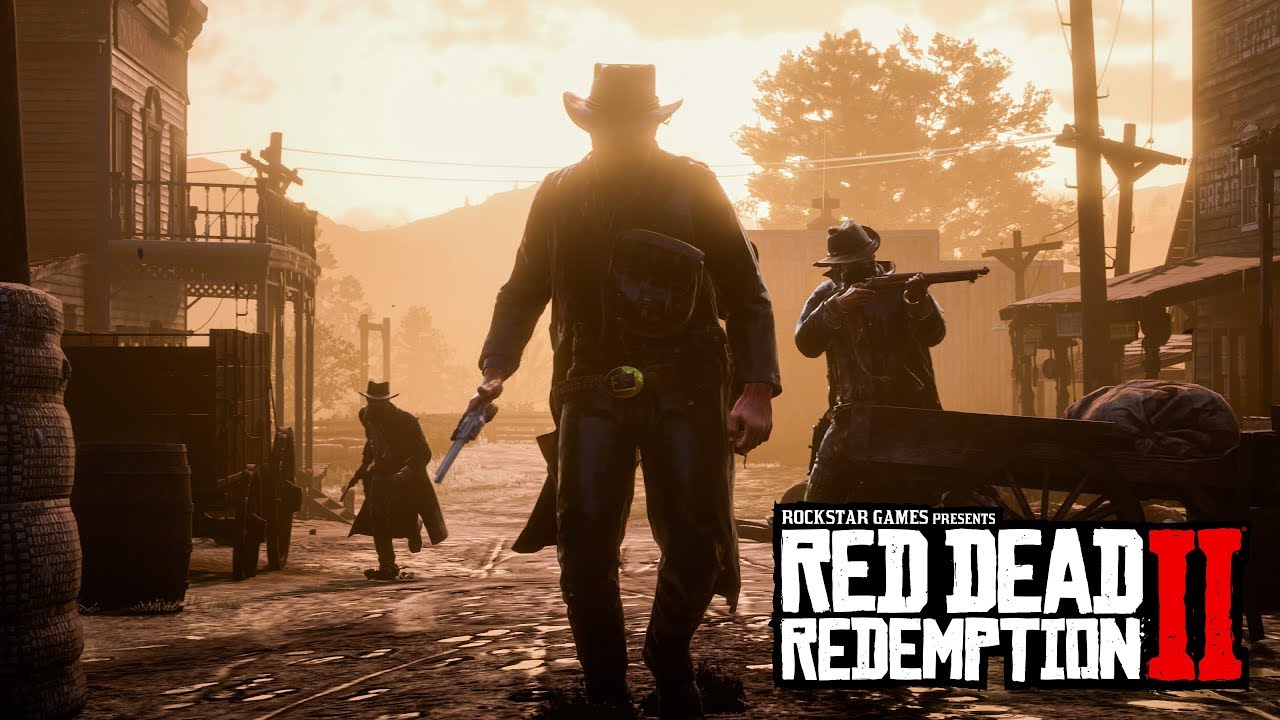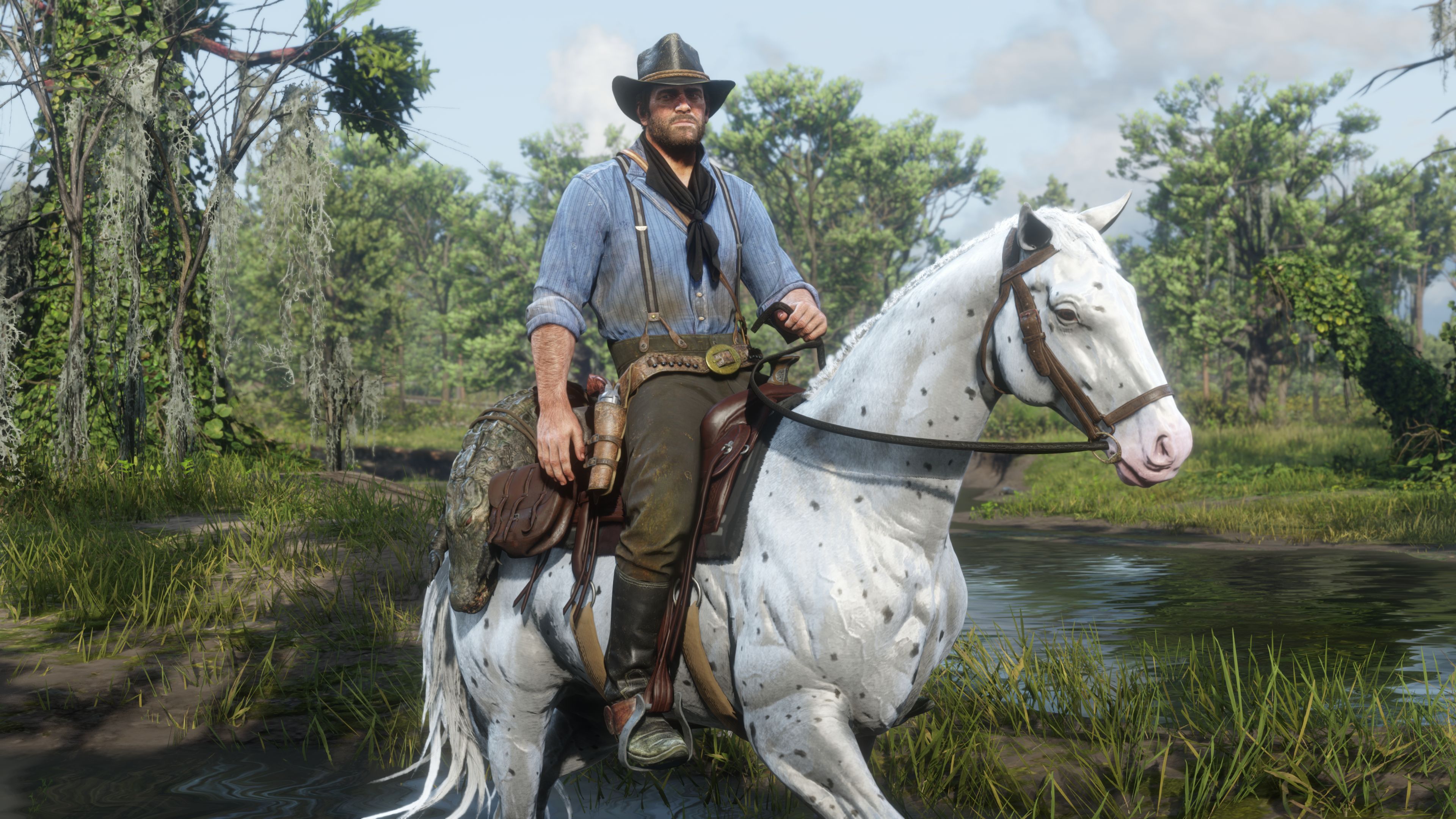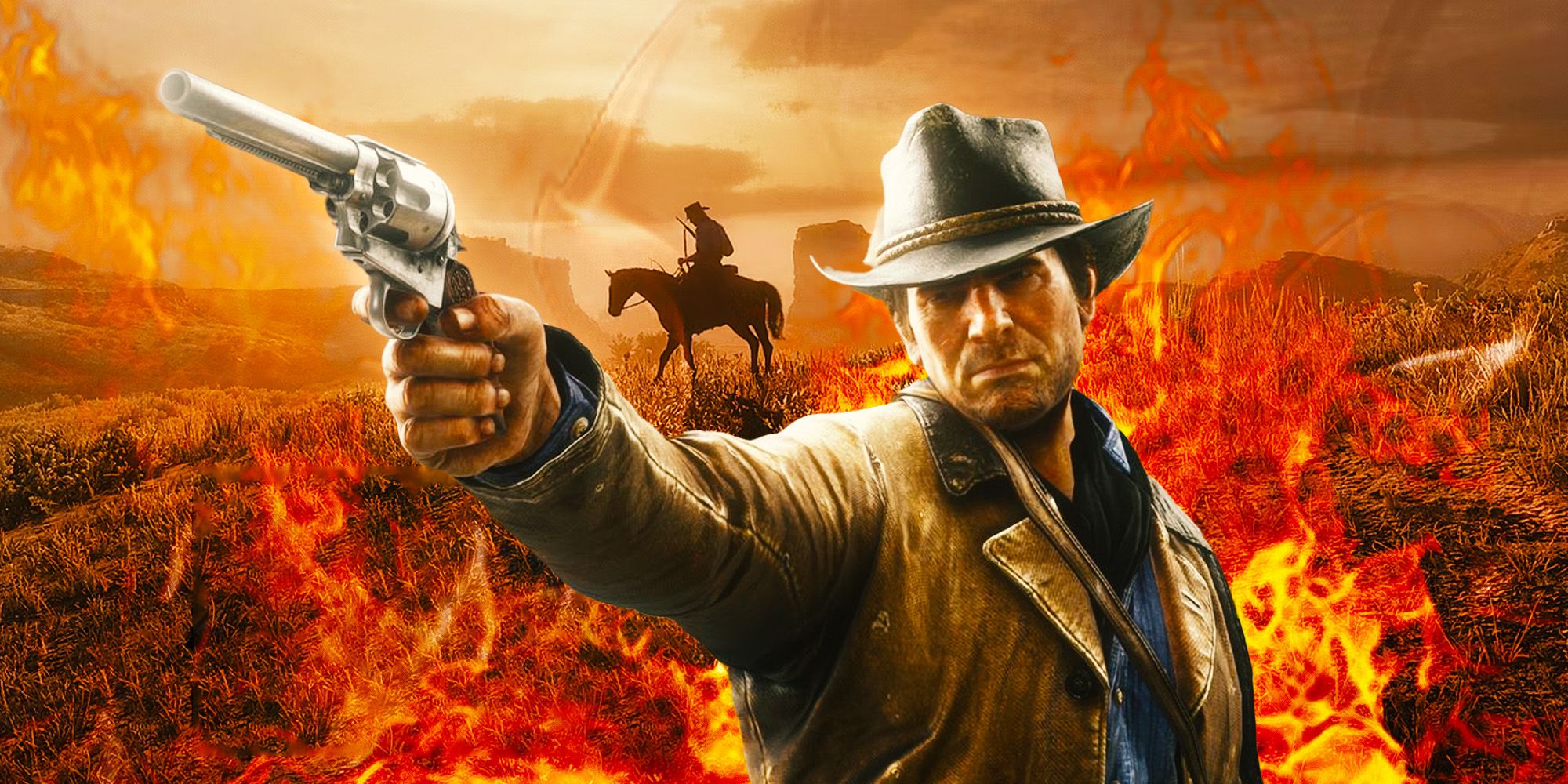A year after the Nintendo Switch version demonstrated its capability to run ambitious open-world games on technically limited hardware (such as Pokémon), Red Dead Redemption has finally been released for PC. This release fulfills an anticipation of 14 years, which is almost unimaginable, and now allows players to experience Rockstar Games’ masterpiece with a few minor additions that may not transform the game but make it the superior edition nonetheless. In any case, who could have doubted it?
After a 14-year wait, Red Dead Redemption 2, which previously demonstrated impressive performance on the technically limited Nintendo Switch hardware, is now available on PC. Although not significantly altered, the PC version comes with minor additions that enhance it to become the superior edition of this acclaimed open-world game from Rockstar Games. This long-awaited release allows players to explore the game’s masterful world on PC.
After addressing these minor inconveniences, players embark on an adventure where John Marston will pursue his former gang led by Dutch van der Linde, following the events involving Arthur Morgan in Red Dead 2. For those new to the series, Red Dead Redemption is set chronologically after RDR 2. We won’t go into further narrative details, as there are still newcomers who may be unfamiliar with these events. Released 14 years ago, Red Dead features graphics from a different era, with 3D models no longer at the forefront of genre standards; however, graphical adjustments enable players to enjoy a game that retains its wild visual charm. Although some textures show their age, one remains quite impressed by the facial rendering and animations, which still appear very clean today. In fact, the primary visual innovation in this PC version of Red Dead Redemption lies mainly in lighting and the concept of light play.
Undoubtedly, alongside the quality of the gameplay, there is a strong sense of nostalgia when playing the first Red Dead Redemption six years after its sequel, which has become historically significant. This allows for a narrative closure, enabling players to reconnect with John Marston, who is now alone but driven by a thirst for vengeance that we understand better today, while the sacrifice of certain Van der Linde gang members becomes even more heartbreaking (or perhaps seems deserved) when considering what happens in Red Dead Redemption 2. We were already quite convinced, but during this fresh playthrough, we attempted to find hints about Arthur Morgan’s existence and found none… The character was indeed created specifically for the sequel-prequel, yet his philosophy has still influenced Marston’s personality. Playing the first Red Dead six years after a visually advanced Red Dead Redemption 2 feels like taking a 14-year leap back in time. Of course, compared to some titles released broken or outdated in 2024, Rockstar Games’ title remains exemplary, particularly in its atmosphere, narration, meticulous attention to detail, and intricately designed missions; however, it must be acknowledged that certain aspects of the game have indeed aged poorly. We think specifically of John’s running and jumping animations, which appear somewhat dated, yet the game still boasts other impeccable qualities such as horse animation, environmental richness, attention to detail, and overall atmosphere, allowing us to overlook their flaws.
OLD BUT GOLD
Some players will appreciate rediscovering the animation speeds in this game, which contrast with the slower, more cumbersome gameplay of its sequel (a notable strength), maintaining harmony with the ultra-realistic atmosphere intentionally crafted by Rockstar Games. As a result, gunfights feel more agile and responsive but also more characteristic of video games. It is important to note that weapon effectiveness varies based on factors such as firing rate, power, and reload time; magazine capacity can also be crucial during John Marston’s use of Sang Froid (or Dead Eye). Despite these elements remaining unchanged, the game’s strength lies in its diverse range of tasks. These include poker games, fence post throwing contests with horses, knife games, old-fashioned duels incorporating Dead Eye mechanics, and arm wrestling matches; however, it is particularly the numerous side missions that enhance immersion and add depth to Red Dead Redemption’s content. These activities not only provide opportunities for earning money but also impact John Marston’s “Reputation” and “Honor,” two key metrics guiding his journey throughout the game.
MONSTERS & COMPANY
Among the few PC games addressing Red Dead Redemption, consideration must also be given to the “Undead Nightmare” DLC, which was released six months after the main game. This expansion provided another way to extend the gameplay experience by introducing John Marston’s encounter with decomposed corpses. Many had hoped for a chance to play as his son, but instead, they found our cowboy in a zombie-infested world, offering an unprecedented adventure. With Undead Nightmare, players were introduced to a completely new and offbeat universe to explore. While the environments remained unchanged, their appreciation of them differed significantly. Towns were typically deserted, and ambient noise had been replaced by a deathly silence or interrupted by eerie shouts. This DLC extended the game’s story with an additional ten hours of gameplay, and revisiting this surreal world was particularly enjoyable, almost forgotten after fourteen years.
For those who enjoyed the journey through Red Dead Redemption on Nintendo Switch, you might also appreciate Ahmed Hassan’s insightful piece on another classic adaptation. “Critical: Pokémon Platinum, Diamond, and Pearl on Nintendo Switch – A Comparative Analysis,” published on August 17, 2023, delves into the impressive porting efforts of these beloved titles by Double Eleven. Just as Red Dead Redemption demonstrated the Switch’s potential for handling intricate open-world games, Hassan explores how Pokémon’s transition showcases the platform’s versatility and capacity to breathe new life into cherished franchises. Be sure to check out Critical: Pokémon Platinum, Diamond, and Pearl on Nintendo Switch – A Comparative Analysis for more on the art of game adaptation and the enduring appeal of Nintendo Switch. If you’re a fan of sci-fi horror games but found yourself underwhelmed by recent releases, Sophie Laurent’s latest critique of “Fort Solis” might be just the read for you. Published on August 24th, this review delves into why Fallen Leaf Studio’s ambitious project, featuring iconic voice actors Troy Baker and Roger Clark, failed to live up to expectations despite its promising premise. With mixed reviews reflecting both praise for its narrative and harsh criticism of gameplay mechanics, “Fort Solis” is a cautionary tale about the importance of effective marketing and execution. Dive into Sophie’s insightful critique Critical: Icy Bath for Space Thriller Featuring Troy Baker and Roger Clark to see why this title hasn’t quite made the splash it was meant to. As we dive into the rich world of Red Dead Redemption on PC, it’s worth noting that Ubisoft Bordeaux is making a significant return to form with Assassin’s Creed Mirage. Ahmed Hassan delved into this upcoming game in his insightful piece from September 12th, exploring how Mirage aims to recapture the essence of classic Assassin’s Creed gameplay mechanics. Set against the vibrant backdrop of Baghdad during the Abbasid Caliphate, the game focuses on refining parkour and stealth elements that have been somewhat overshadowed in recent titles. For fans eager for a more refined gaming experience with an emphasis on core gameplay rather than expansive open-world content, Mirage promises to be a thrilling return to the roots of this beloved series. Don’t miss Ahmed’s take on why this game is likely to divide players and check it out Assassin’s Creed Mirage: It’s a Return to Roots, But the Game Will Divide Players.
Have any thoughts?
Share your reaction or leave a quick response — we’d love to hear what you think!


